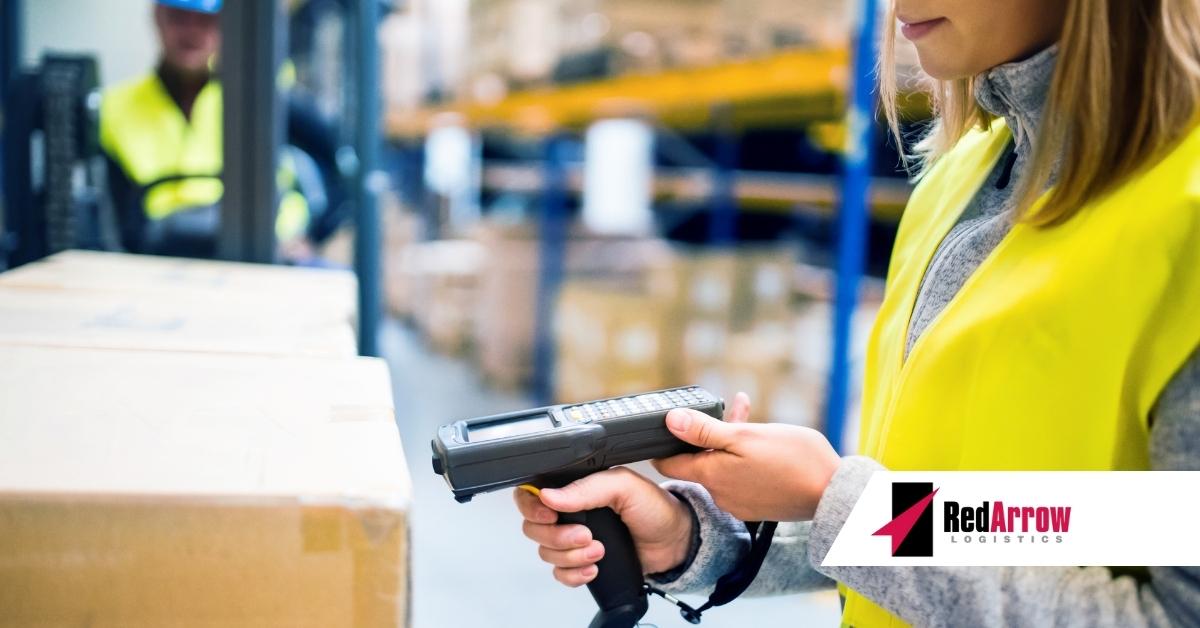This year has presented many challenges for retailers. Supply chain disruptions have caused delays across the board and many retailers are facing a situation of having too much inventory on hand. At the same time, the demands of e-commerce continue to expand which has changed consumer buying habits and delivery expectations. Micro-fulfillment is quickly becoming an important piece of the logistics puzzle in order to get customers their orders on time.
How Does Micro-Fulfillment Work?
Micro-fulfillment centers (MFCs) are small-scale distribution spaces that are located close to the end consumer. They are usually small urban warehouses that are located in convenient areas. Micro-fulfillment centers use automated systems to complete online orders quickly and efficiently while requiring less staff. This enables retailers to get shipments to their customers faster.
MFCs can be in an existing store or warehouse or a dedicated distribution area. They can also be opened inside actual retail stores. Walmart, for example, is opening automated MFCs inside some retail stores.
Wave of the Future?
Are MFCs the answer to challenging and costly fulfillment processes? They just might be. In fact, it is estimated that more than 7,300 MFCs will be installed by the year 2030. This could be one of the fastest-growing areas of logistics.
Because of two-day shipping expectations and the increase in online shopping for just about everything, retailers are trying to get closer to their customers. In urban areas, space is at a premium so reducing the need for a large fulfillment center to a smaller micro-fulfillment center makes sense not only from a logistics standpoint but from a financial one as well.
Benefits of MFCs
Many shippers are realizing the benefits that MFCs give them.
Reduction in Costs: The final mile of delivery is often the most costly. The main benefit to those that use MFCs is that there is a large reduction in costs for last-mile delivery because the goods are closer to the end user. Grocery retailers in particular often operate on thin margins so cutting costs where possible can have a big impact.
Better Customer Experience: This streamlined approach leads to cost savings, but also allows for faster shipping, which make retailers able to meet customers’ expectations.
Automation: The model has changed to increased automation in order to make e-commerce even faster and more streamlined. Some systems are able to process 4,000 orders a week without taking up a large amount of space. Automated picking and inventory processing leads to faster fulfillment with fewer errors.
As retail stores move to smaller models, they are trying to best utilize the space they have because retail space is a large investment. Smaller footprints are being used by companies of all sizes. For stores that are oversized, an MFC optimizes storage space as well as the use of vertical space. When robots retrieve items, the storage of inventory becomes even easier. When retailers utilized automated warehouses, micro-fulfillment centers give a flexible solution that reduces the costs of picking with automation and real estate with a smaller size.
The Move to MFCs
Case in point, Amazon took on a lot of warehouses and distribution centers during the pandemic. After slow growth over the spring, the e-commerce company is now subleasing some of that space. Now Amazon is moving to automated micro-fulfillment centers to be able to fulfill orders faster and serve its customers better.
Micro-fulfillment is a way for brands to not use expensive fulfillment services by shipping their inventory right to MFCs located in cities across the country. Orders can be picked, packed, and shipped within hours.
Should You Utilize MFCs?
The use of MFCs is somewhat limited in the U.S. It can take several years to get automated MFCs set up. However, micro-fulfillment is more than just a way to fulfill orders quickly. It is a logistics strategy that can give companies a competitive advantage. Retailers are not one size fits all though so it must be advantageous to your supply chain and business model through careful evaluation of the capabilities that micro-fulfillment offers.
Your Trusted Partner
At Red Arrow Logistics, we provide expertise and white glove customer service with fast-growing, complex, and high-value supply chains. As the next-generation model of logistics companies, we offer tailored transportation and logistics solutions — from single shipments to complex over-dimensional and international orders.
Red Arrow offers the scale and scope of services including air, ocean, and ground transportation to meet the budget and schedule requirements of the largest and smallest companies alike. If we can be of assistance, please email us at info@redarrowlogistics.com or give us a call at 425-747-7914.





